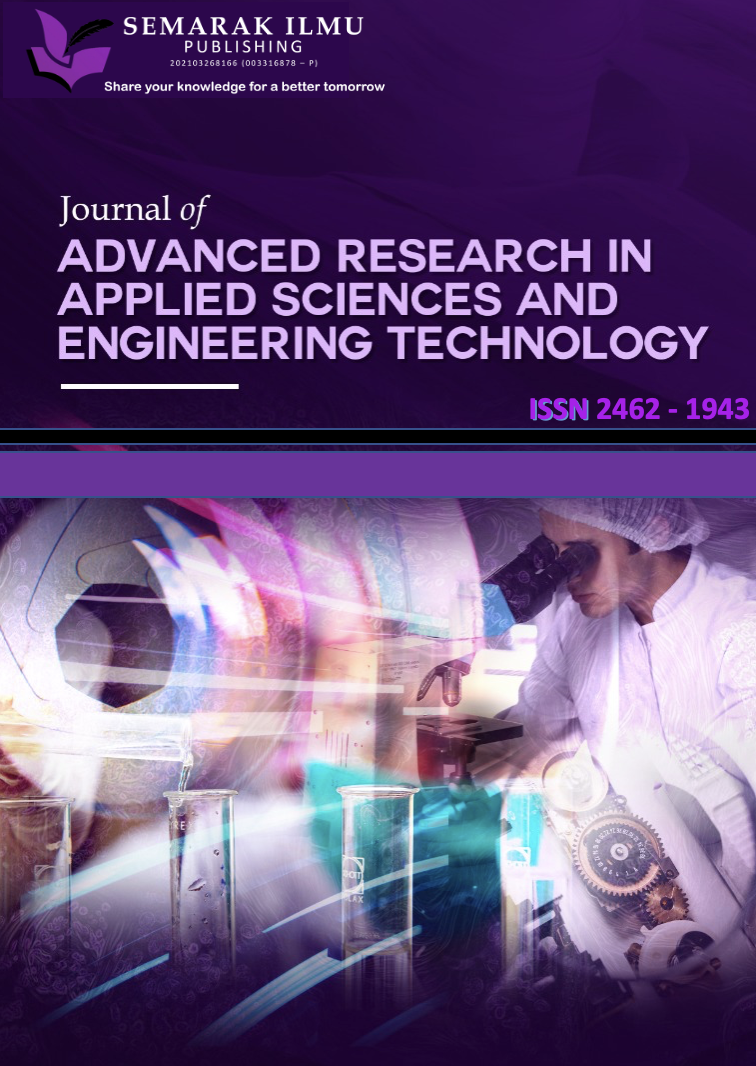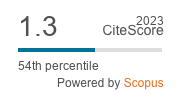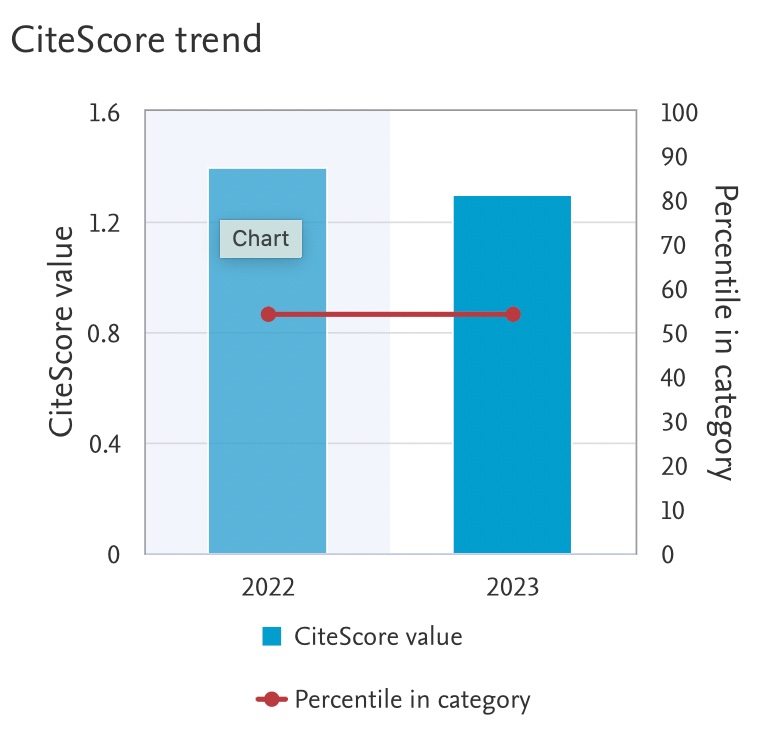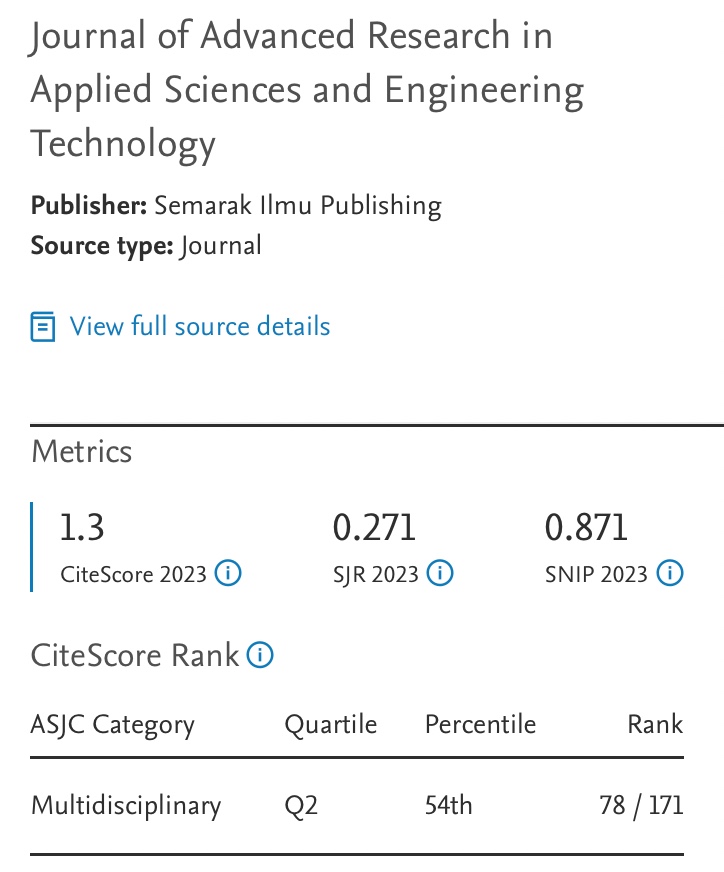An Optimal Control Problem of SECR Corruption Dynamic Model
DOI:
https://doi.org/10.37934/araset.45.2.128141Keywords:
Optimal Control, , Corruption Dynamic Model, Mathematical ModellingAbstract
In this paper, the SECR model of corruption dynamics was proposed and will be analyzed, including non-negativity and boundedness of the model, corruption cases-free equilibrium point, and local stability. In order to reduce the number of corruption cases, the SECR model is extended with two controls strategies, i.e, u1 : preventive campaign for corruption by the KPK institution, and u2 : giving punishment for corrupted individual. Furthermore, it is investigated how control strategies should be applied to prevent corruption cases optimally. The model will be simulated in three scenarios, i.e. with full control u1 and u2 simultaneously, only u1 control, and only u2 control. Then, each of these simulations results will be compared with the results of the simulation model without control. The optimal control problem will be solved using Pontryagin’s Minimum Principle and Runge Kutta order 4th method for numerical simulation with Matlab. The simulation results show that the first scenario give the optimal solution in reducing the number of exposed and corrupted subpopulations with minimum controls effort and short time period. Based on these results, it can be concluded that in order to prevent and reduce the number of corruption cases, the control strategy giving punishment for the corrupted individuals must be also followed by prevention campaign corruption in society by the KPK, where both these control strategies must be carried out together to give the optimal results.
Downloads





























